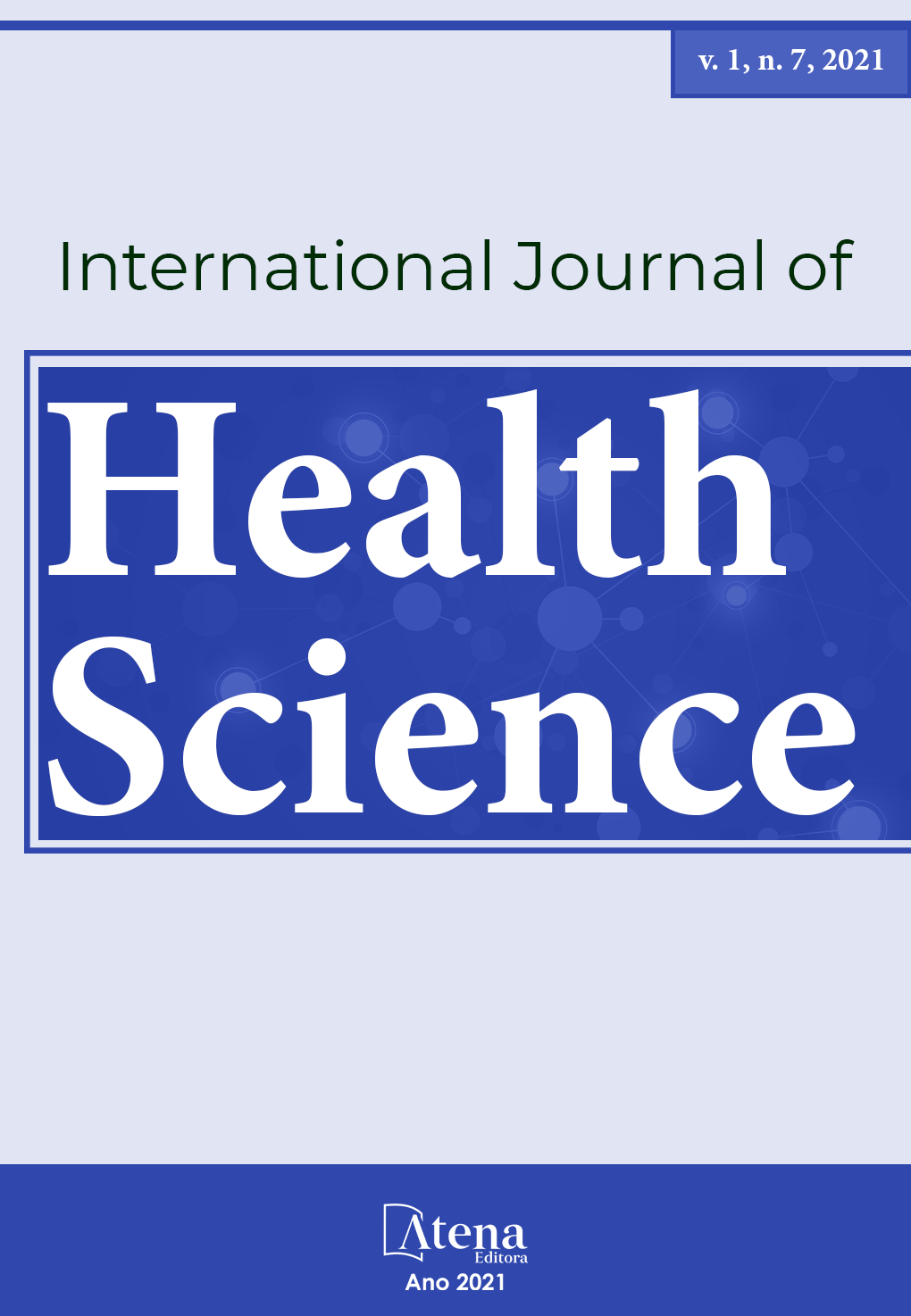
REVERSIBLE POSTERIOR ENCEPHALOPATHY SYNDROME: A LITERATURE REVIEW
Posterior reversible encephalopathy syndrome (PRES) is a syndrome with clinical and radiological manifestations. Although it occurs more frequently in the context of hypertensive crisis, pre-eclampsia or the use of immunosuppressive medications, PRES manifests itself in many clinical contexts. Typical signs and symptoms include headache, mental confusion, visual symptoms, and seizures, associated with findings consistent with vasogenic edema in the subcortical white matter with a predominance in the posterior cerebral hemispheres seen on neuroimaging exams. Treatment of arterial hypertension is the mainstay of treatment and recovery tends to occur within two weeks, but a small proportion of patients remain with residual neurological deficits. The immediate identification and early treatment of PRES are essential in preventing permanent damage.
REVERSIBLE POSTERIOR ENCEPHALOPATHY SYNDROME: A LITERATURE REVIEW
-
DOI: 10.22533/at.ed.15921031210
-
Palavras-chave: Posterior Reversible Encephalopathy Syndrome, Radiology, Neurology, Rheumatology.
-
Keywords: Posterior Reversible Encephalopathy Syndrome, Radiology, Neurology, Rheumatology.
-
Abstract:
Posterior reversible encephalopathy syndrome (PRES) is a syndrome with clinical and radiological manifestations. Although it occurs more frequently in the context of hypertensive crisis, pre-eclampsia or the use of immunosuppressive medications, PRES manifests itself in many clinical contexts. Typical signs and symptoms include headache, mental confusion, visual symptoms, and seizures, associated with findings consistent with vasogenic edema in the subcortical white matter with a predominance in the posterior cerebral hemispheres seen on neuroimaging exams. Treatment of arterial hypertension is the mainstay of treatment and recovery tends to occur within two weeks, but a small proportion of patients remain with residual neurological deficits. The immediate identification and early treatment of PRES are essential in preventing permanent damage.
-
Número de páginas: 8
- Wuerles Bessa Barbosa
- Henrique Guimarães Vasconcelos


